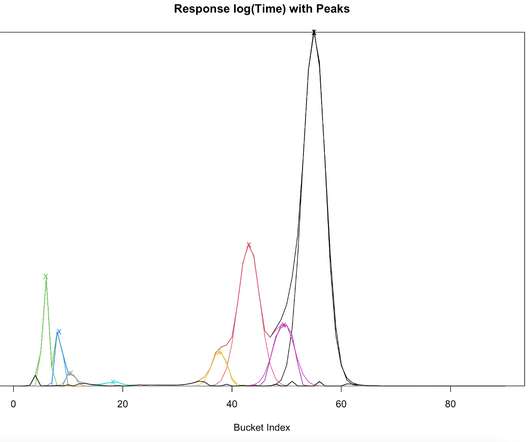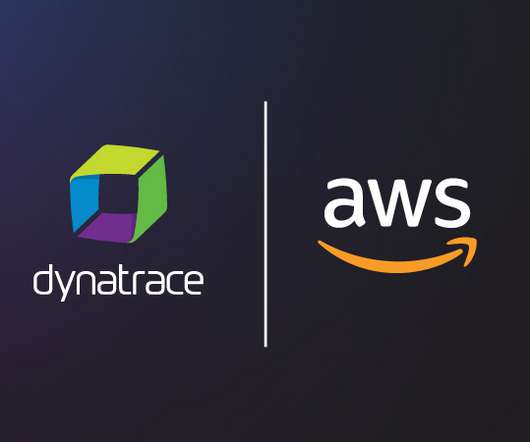Percentiles don’t work: Analyzing the distribution of response times for web services
Adrian Cockcroft
JANUARY 29, 2023
> system.time(wait1 <- normalmixEM(waiting, mu=c(50,80), lambda=.5, > system.time(wait1 <- normalmixEM(waiting, mu=c(50,80), lambda=.5, Changes in behavior of the system from minute to minute is going to change the height of each peak, as the workload mix and cache hit rates change.
















Let's personalize your content